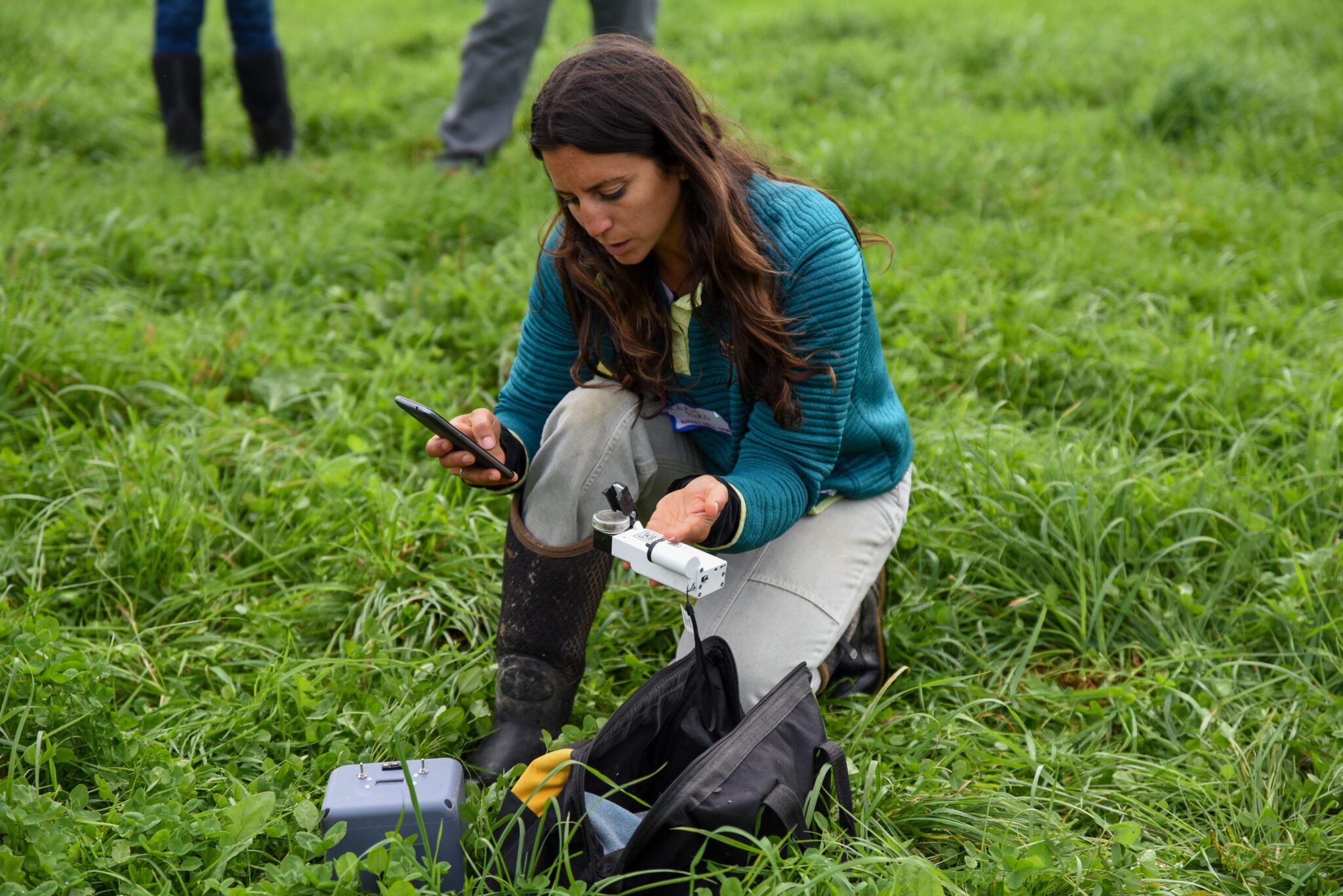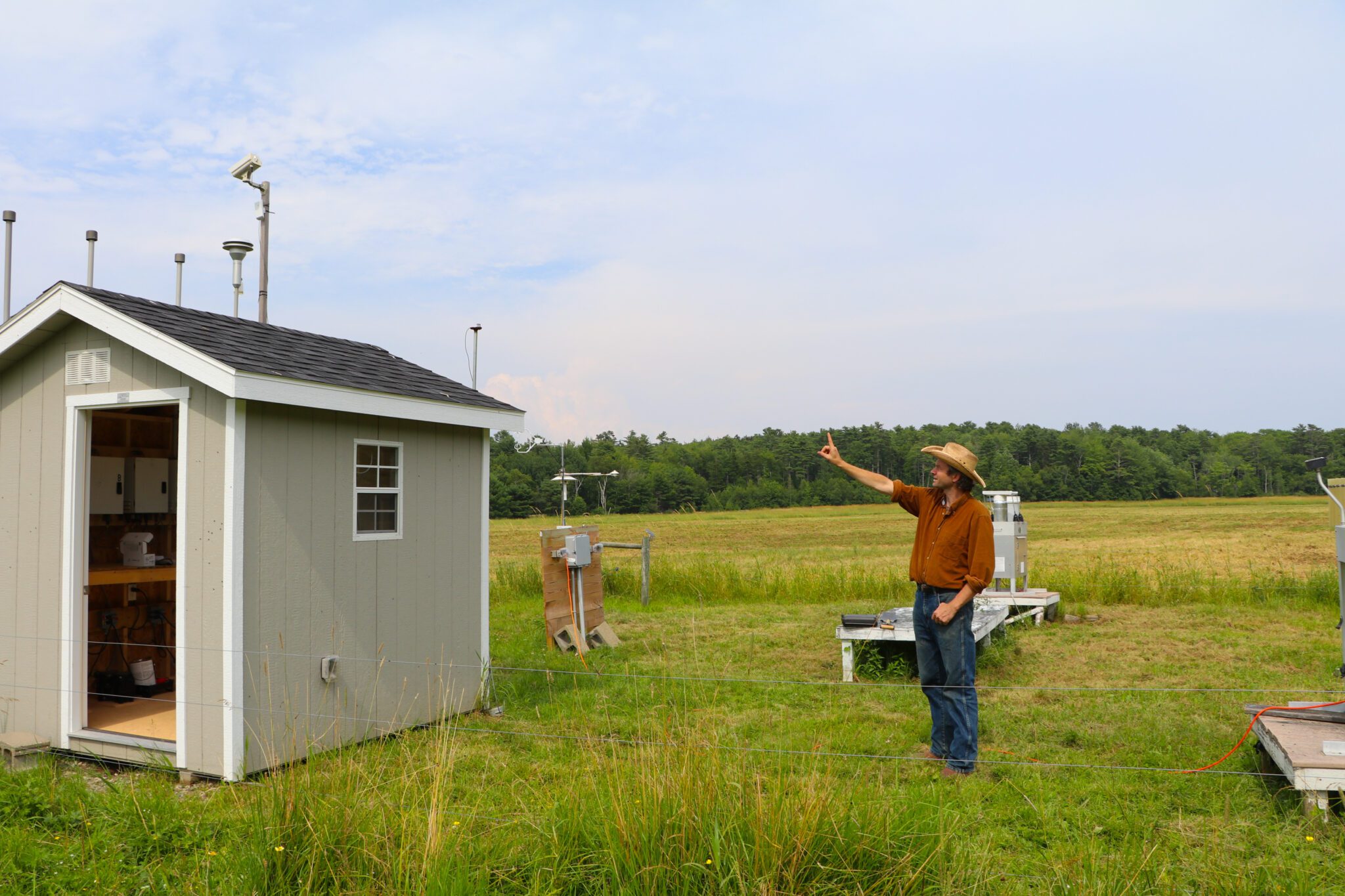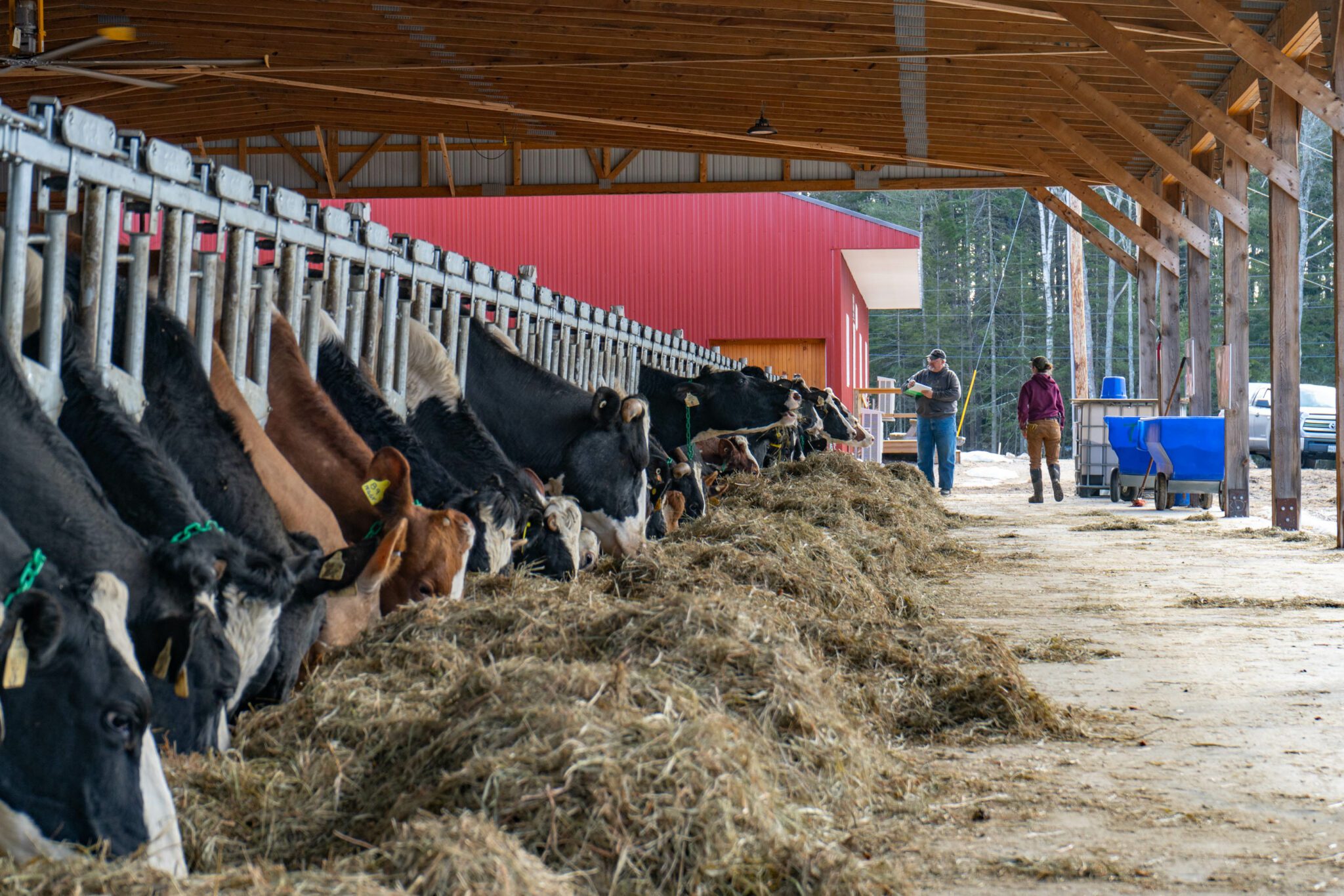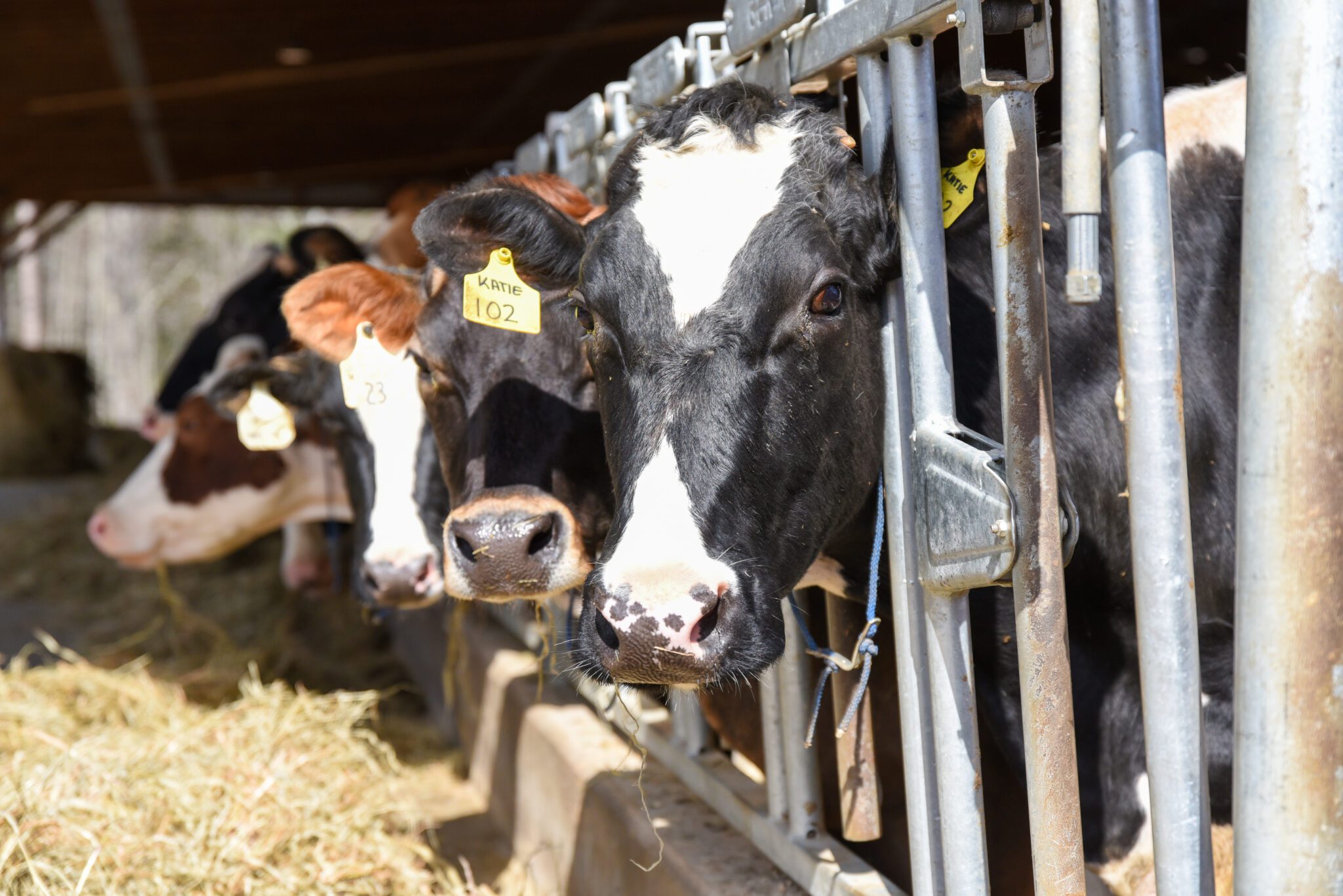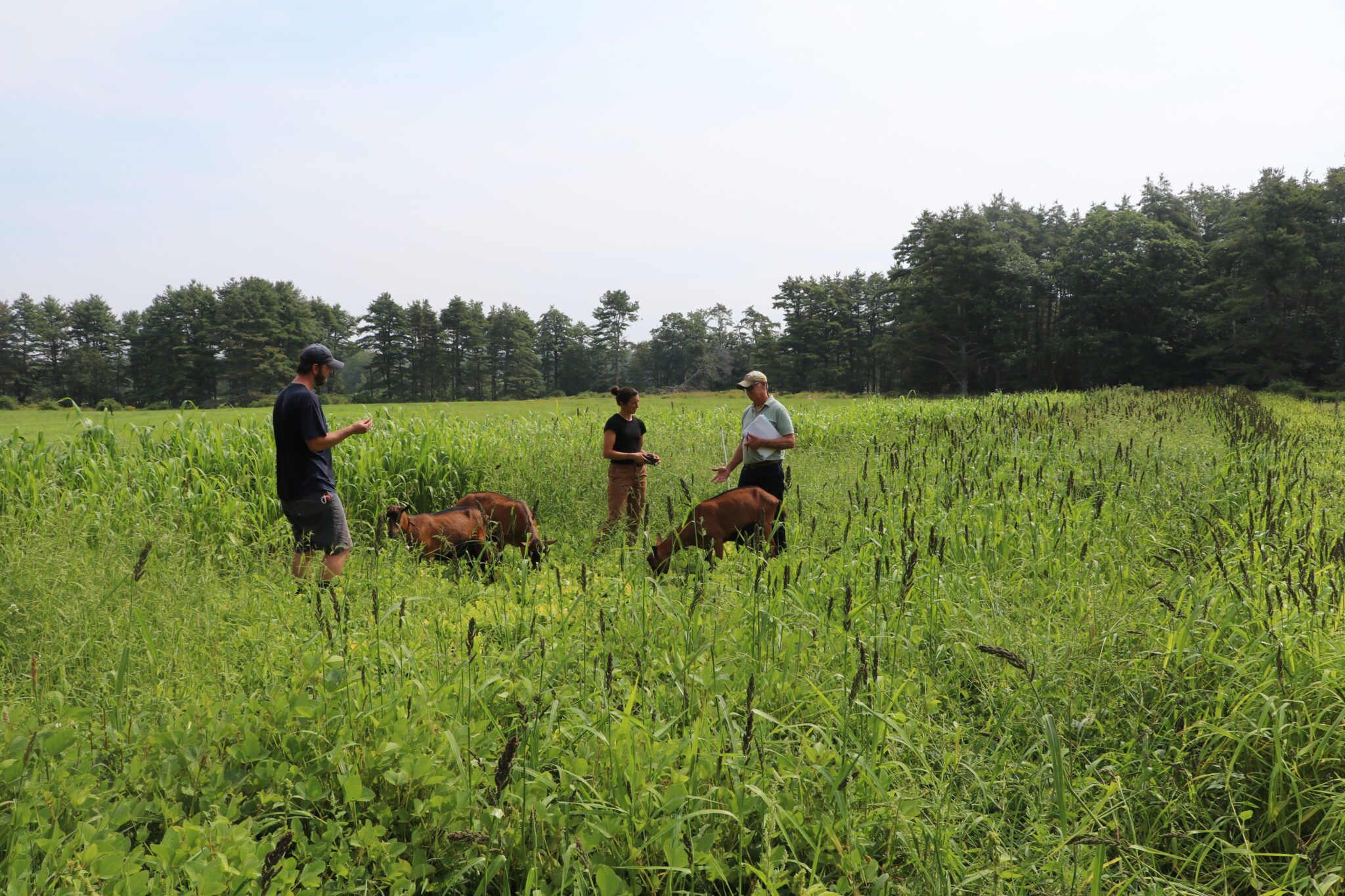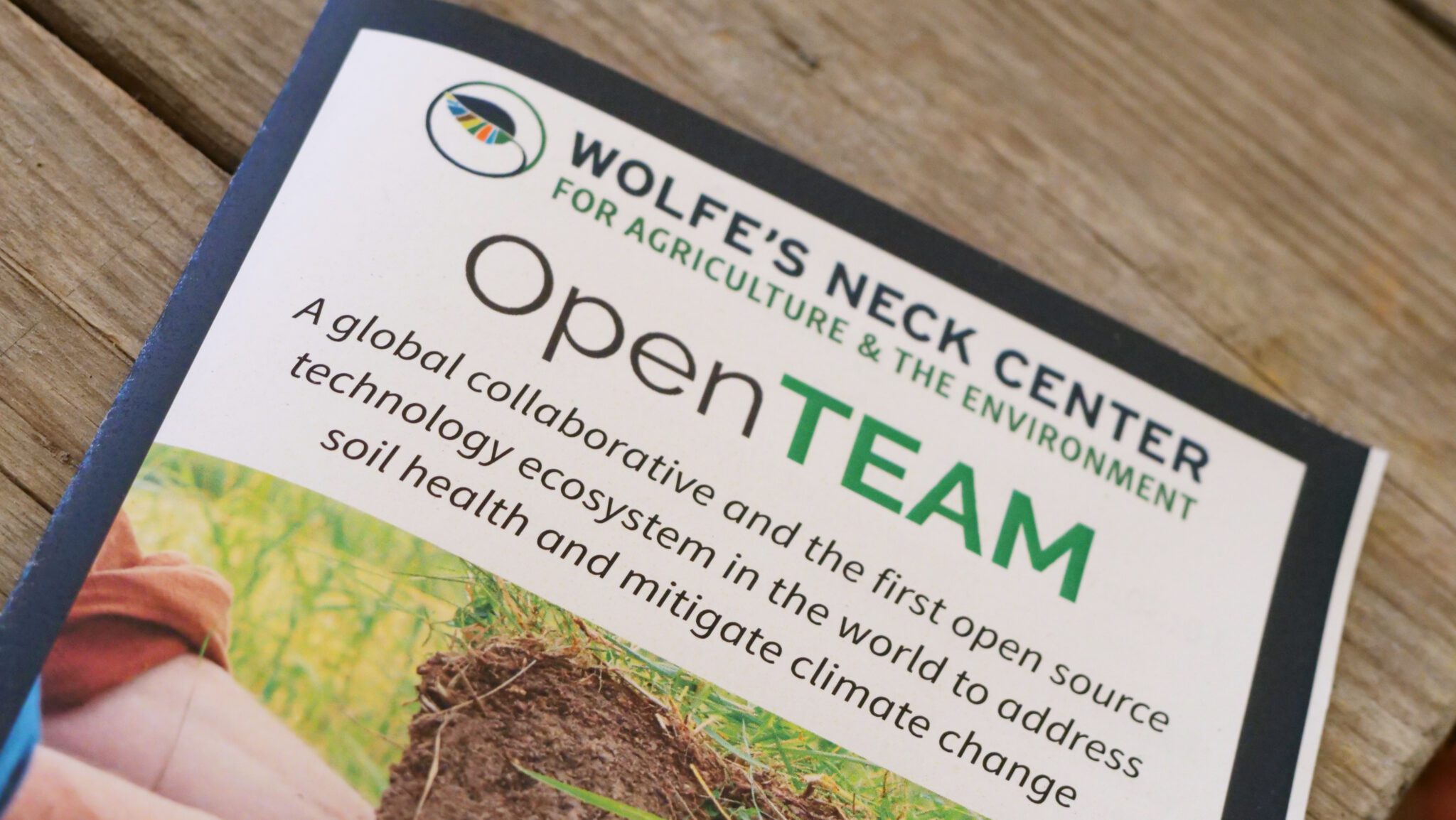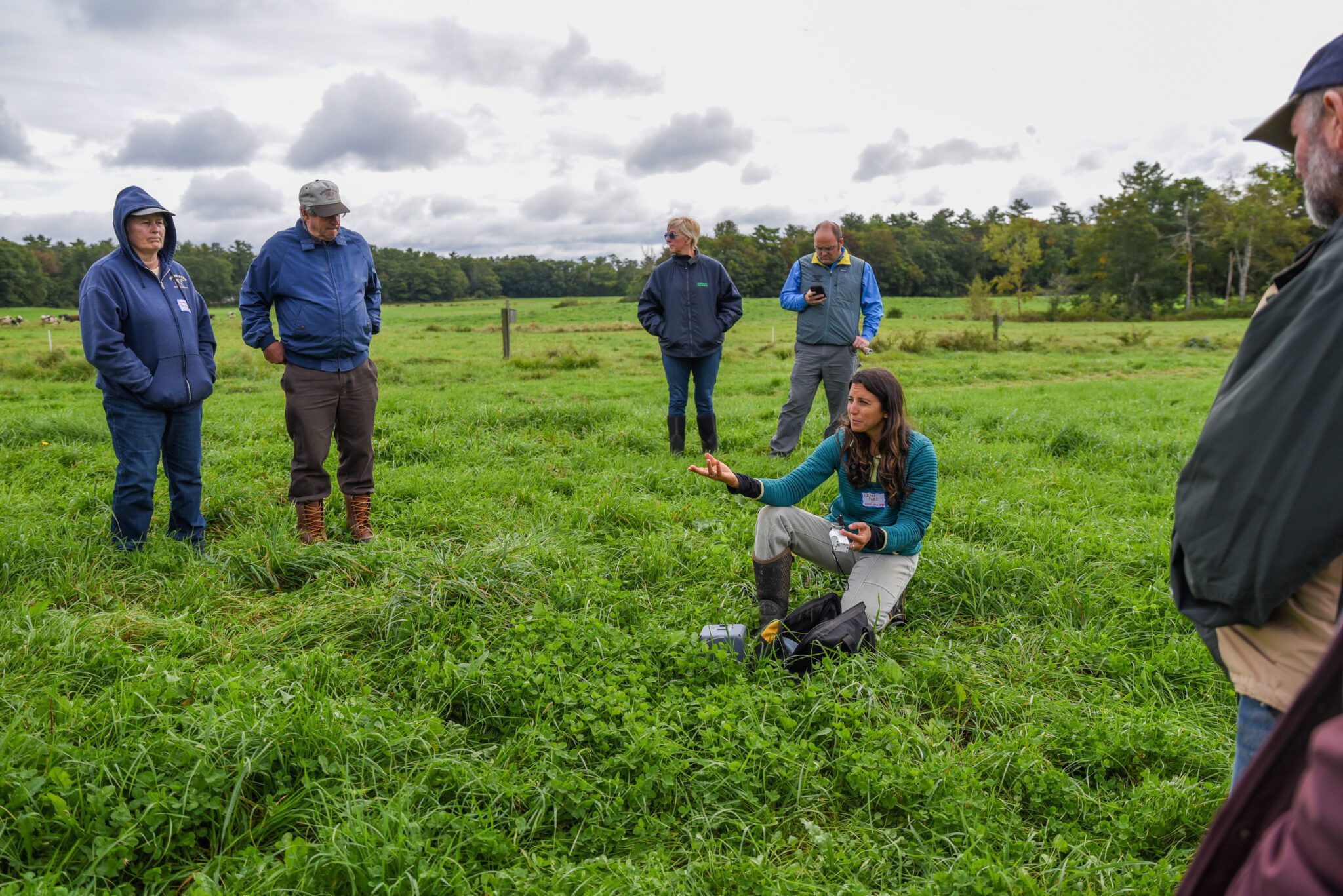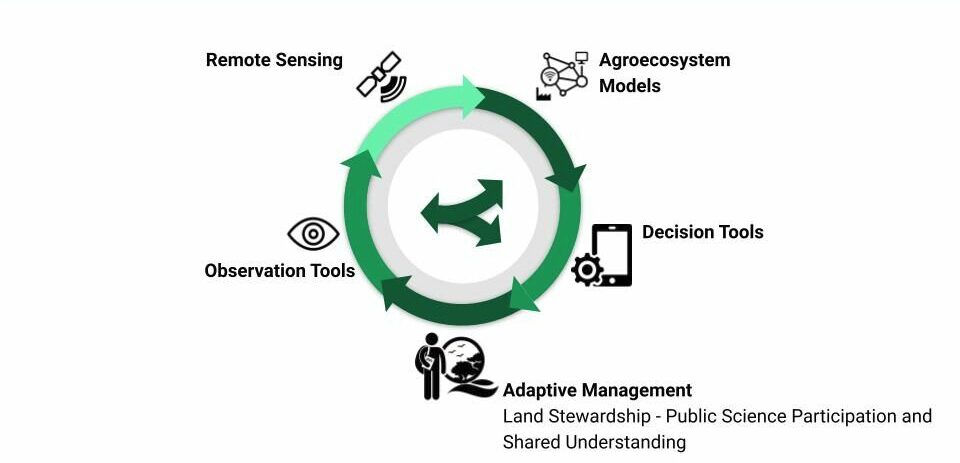Freeport, Maine – OpenTEAM celebrates USDA’s recent investment in improved greenhouse gas measurement, monitoring, reporting and verification of the agriculture and forestry sectors through the Inflation Reduction Act. This new initiative will ensure climate-smart agriculture and its implementation remains rooted in science, using data-driven results to strengthen climate mitigation and adaptation strategies in agriculture and beyond.
Open Technology Ecosystem for Agricultural Management, or OpenTEAM, a global collaborative led by Wolfe’s Neck Center for Agriculture & the Environment, equips food systems leaders with open source digital tools and shared agricultural knowledge to build soil health. In alignment with OpenTEAM’s shared goals, USDA’s timely investment will expand data management, infrastructure, and capacity for greenhouse gas quantification, improve environmental models and tools for measuring greenhouse gas outcomes, and launch a Soil Carbon Monitoring and Research Network. OpenTEAM applauds the USDA for undertaking broad stakeholder engagement to facilitate the delivery of environmental data services and standards as a public good.
USDA’s strong focus on data and increased stakeholder engagement are critical to advancing climate science and the success of the Partnerships for Climate-Smart Commodities program. OpenTEAM will leverage USDA’s data management and infrastructure standards directly through the Action for Climate-Smart Agriculture project. This project depends on open standards to improve the accuracy of environmental measurement and modeling tools, building digital marketplaces for climate-smart agricultural products nationwide.
Wolfe’s Neck Center, OpenTEAM, and our growing community of collaborators share the USDA’s priority to ensure that climate-smart agricultural practices work well, and act as an impactful nature-based solution to climate change.

